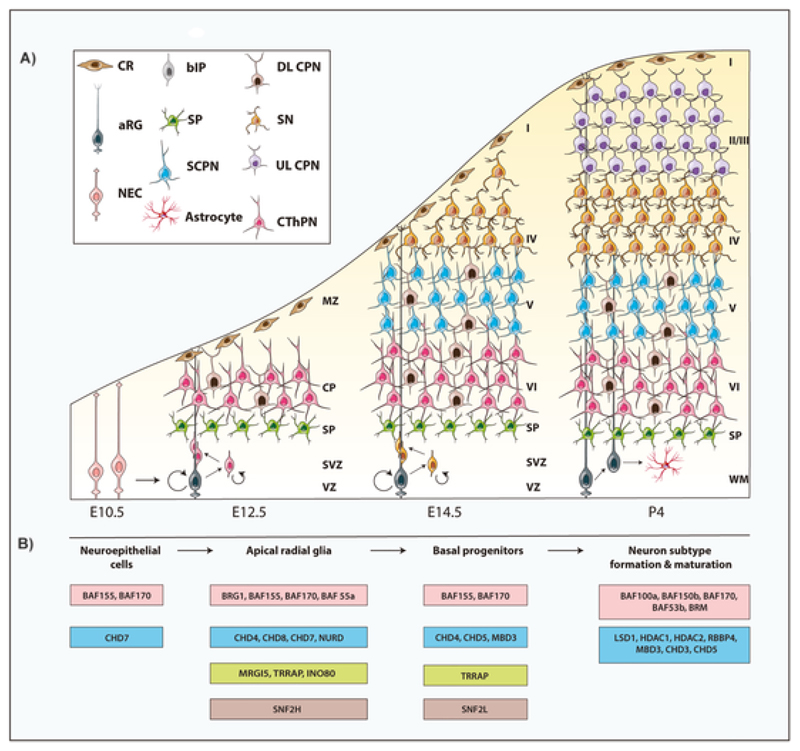Fig. 1. Snapshot of cortical development and the chromatin remodelling complexes involved in its formation.
Excitatory projection neurons emerge from the progenitors in the dorsal telencephalon which line the ventricle. At early embryonic ages, the dorsal neuroep-ithelium consists of NECs which divide both symmetrically for pool expansion and asymmetrically to give rise to aRGs in the VZ. aRGs self-amplify by symmet-ric division and also give rise to bIPs, bRGs in the SVZ (indirect neurogenesis) and neurons (direct neurogenesis) by asymmetric division. bIPs and bRGs can also self-renew and produce neurons that fill the CP. The CR cells in the MZ do not originate from the cortical progenitor zone. The various PNs of the neocor-tex are generated in a temporally timed manner in an inside out fashion with layer VI generated first followed by V,IV, III and II as development progresses. The newly generated PNs use the aRGs or bRGs as guidance to migrate and occupy distinct positions in the cortical plate. Chromatin remodellers involved in the various steps of cortical development are depicted. Abbreviations: Neuroepithelial precursors cells (NE or NECs), aRGs-apical radial glia, bIPs-basal inter-mediate progenitors, bRGs-basal radial glia, VZ-ventricular zone, SVZ-subventricular zone, SP-subplate, CP-cortical plate, MZ – marginal zone, WM-white matter, CThPN-corticothalamic projection neuron of layer 6, PN-projection neuron, SCPN-subcerebral projection neuron of layer 5, DL CPN-deep layer callosal projection neuron of layer VI and V, UL CPN-upper layer projection neuron of layers II and III, SN – stellate neuron of layer IV.

